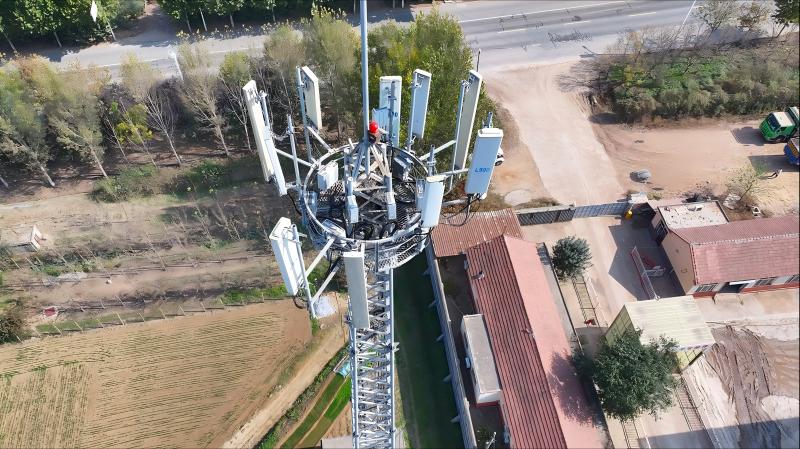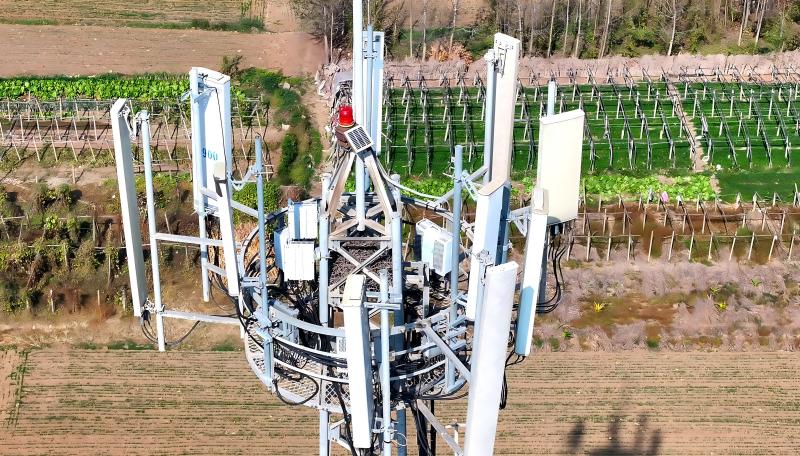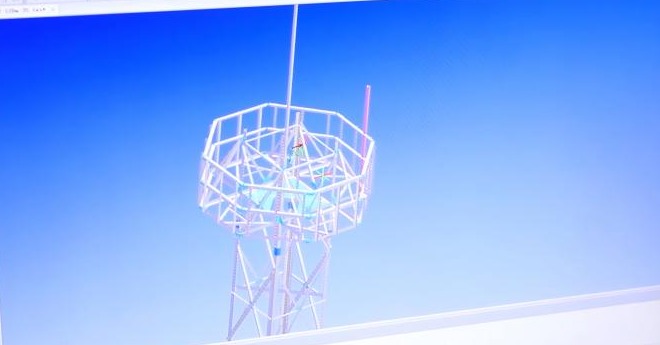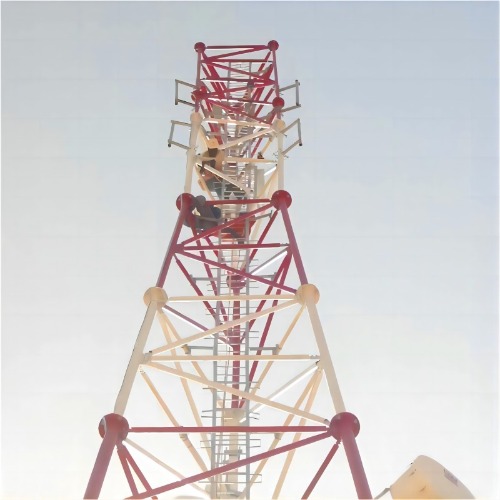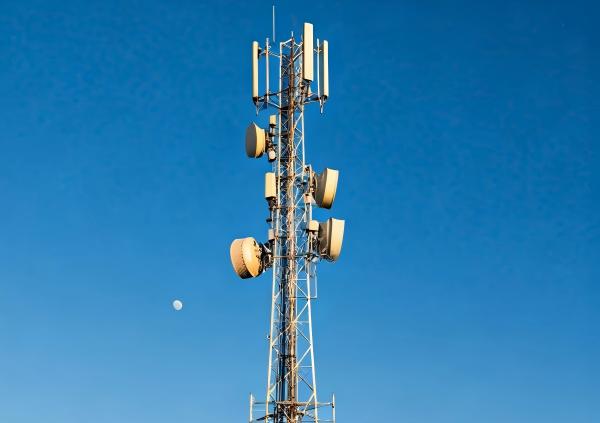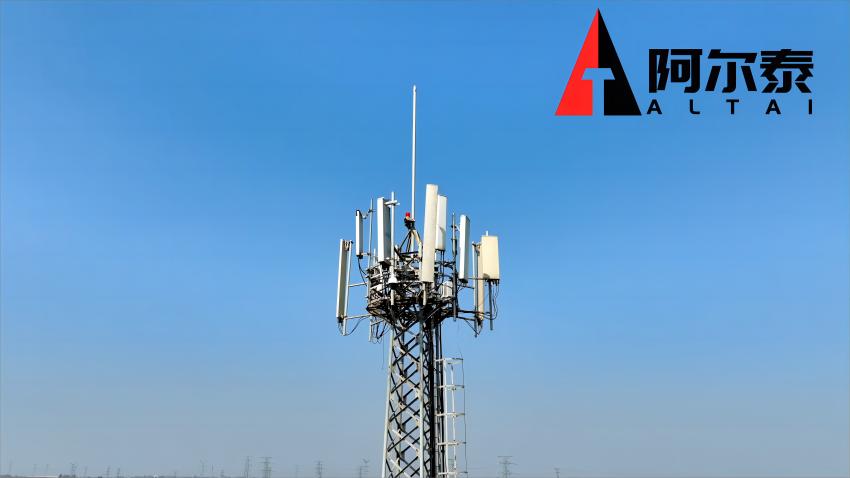The promise of 5G is dazzling: blistering speeds, massive device connectivity, and ultra-low latency. At the heart of delivering this, especially for capacity-hungry urban and suburban areas, lies massive MIMO (mMIMO) technology. These advanced antenna arrays, packing 32, 64, or even more elements, aren't just bigger antennas – they're sophisticated beamforming engines. But their performance hinges critically on one often-overlooked factor: the tower they sit on. Forget the "dumb steel pole" mindset. When deploying mMIMO, the inherent design of tubular steel towers unlocks significant RF advantages that concrete or lattice structures simply can't match.
1. Precision Placement & Rigidity: The Foundation of Beamforming
-
The Challenge: mMIMO relies on precise phase relationships between its many radiating elements to electronically steer focused beams towards users. Any unwanted movement, vibration, or distortion of the antenna platform degrades beamforming accuracy, reducing signal strength, increasing interference, and lowering network capacity.
-
The Tubular Advantage:
-
Inherent Rigidity: The continuous, closed cross-section of a tubular steel monopole provides exceptional torsional and lateral stiffness. This minimizes deflection caused by wind, reducing antenna sway and micro-vibrations that disrupt beam patterns.
-
Precise Mounting Surfaces: Modern tubular towers feature precisely engineered mounting interfaces (e.g., welded mounting plates, specialized brackets). This allows for millimeter-accurate positioning and levelling of heavy mMIMO panels, ensuring the antenna array itself is perfectly planar and stable.
-
Reduced Structural "Noise": Unlike lattice towers with numerous joints and potential points of flex, the smooth, continuous surface of a tubular tower provides a predictably stable platform, minimizing unpredictable structural movements that confuse beamforming algorithms.
-
2. Optimized Mounting Geometry: Unlocking mMIMO's Potential
-
The Challenge: mMIMO arrays require specific spatial configurations for optimal performance. Elements need consistent spacing (often λ/2, where λ is the wavelength) and must be positioned to minimize mutual coupling and pattern distortion. Mounting on irregular or obstructive structures severely hampers this.
-
The Tubular Advantage:
-
Clean Cylindrical Profile: The smooth, unobstructed surface of a tubular tower provides an ideal backdrop. Antennas mount flush against the curve, minimizing scattering and reflections that can distort radiation patterns and create unintended sidelobes.
-
Predictable Near-Field Environment: The uniform curvature and lack of sharp edges/cross-braces create a predictable electromagnetic near-field environment around the antennas. This is crucial for accurate beamforming calculations and minimizing pattern distortion compared to the complex scattering environment of a lattice tower.
-
Flexible Array Orientation: Tubular towers readily accommodate mounting mMIMO panels in the optimal orientation (e.g., vertical or slightly downtilted columns) without structural interference, maintaining consistent element spacing across the array.
-
3. Enabling Colocation & Future-Proofing: Density Without Compromise
-
The Challenge: 5G densification requires packing more sites, often with multiple operators and technologies sharing infrastructure. mMIMO panels are large and heavy. Traditional structures can become cluttered, leading to antenna coupling, blocking, and complex installation challenges.
-
The Tubular Advantage:
-
Aerodynamic Efficiency: The sleek, tapered design minimizes wind loading per unit height. This allows tubular towers to be built taller than similarly rated lattice structures, creating more usable vertical real estate.
-
360-Degree Mounting Potential: The continuous cylindrical surface provides ample, obstruction-free space around the entire circumference. This allows for the strategic placement of multiple mMIMO panels (potentially for different operators or frequency bands) at optimal heights and azimuths without significant mutual blockage or coupling.
-
Structural Headroom: Designed with significant load margins, modern tubular towers easily accommodate the weight and wind load of multiple large mMIMO panels, plus future additions like mmWave radios or additional arrays, simplifying network evolution.
-
4. Aesthetics Meets RF Performance: The Hidden Link
-
The Challenge: Municipalities demand low visual impact, especially in dense urban or scenic areas. Bulky lattice towers or large concrete bases are often visually unacceptable. RF performance shouldn't suffer due to aesthetics.
-
The Tubular Advantage:
-
Sleek, Minimalist Profile: The slender, monopole design has the smallest possible visual footprint, making it the preferred choice for restrictive zoning areas. This isn't just about looks; it means towers get approved and deployed where needed most.
-
No RF Sacrifice: Crucially, achieving this aesthetic acceptance does not come at the cost of RF performance. The structural and mounting advantages inherent to the tubular design are maintained, ensuring mMIMO can perform optimally even on the most discreet structures. The visual benefit is a direct enabler of optimal RF site placement.
-
Specification is Key: Maximizing the mMIMO Advantage on Tubular Towers
To fully leverage these RF benefits, precise specification is essential:
-
Demand High Rigidity: Specify deflection limits under wind load relevant to mMIMO stability (e.g., top deflection < height/200 for operational winds).
-
Precision Mounting Systems: Require engineered mounting solutions (plates, brackets) designed for specific mMIMO panel weights, dimensions, and mounting patterns, ensuring perfect levelling and stability.
-
Corrosion Protection: Specify robust systems like Zn-5%Al coating and cathodic protection (as highlighted in our coastal article) to ensure long-term structural integrity and prevent rust-induced distortions or mounting point failures.
-
Adequate Height & Diameter: Ensure sufficient tower height for clear RF pathways and a base diameter large enough to provide stable mounting real estate for current and future mMIMO arrays.
-
Professional Installation: Mandate certified installers using calibrated equipment to guarantee precise antenna positioning and alignment according to the tower manufacturer's specifications.
Conclusion: The Intelligent Foundation for Intelligent Networks
Deploying 5G mMIMO isn't just about bolting on advanced antennas; it's about creating the optimal electromagnetic environment for them to perform. Tubular steel towers are far more than passive supports. Their inherent rigidity, clean electromagnetic profile, flexible mounting real estate, and aesthetic acceptance make them the engineered foundation for unlocking the full potential of mMIMO beamforming. By understanding and specifying for these "beyond the surface" RF optimization secrets, network operators can build higher-performing, more reliable, and future-proof 5G networks that truly deliver on the promise. Don't let your tower be the weakest link in your mMIMO strategy.
Contact Altai for Custom Designs:
attower88@gmail.com | |
